What is Data Mining and What is the Difference Between Web Scraping and Data Mining?
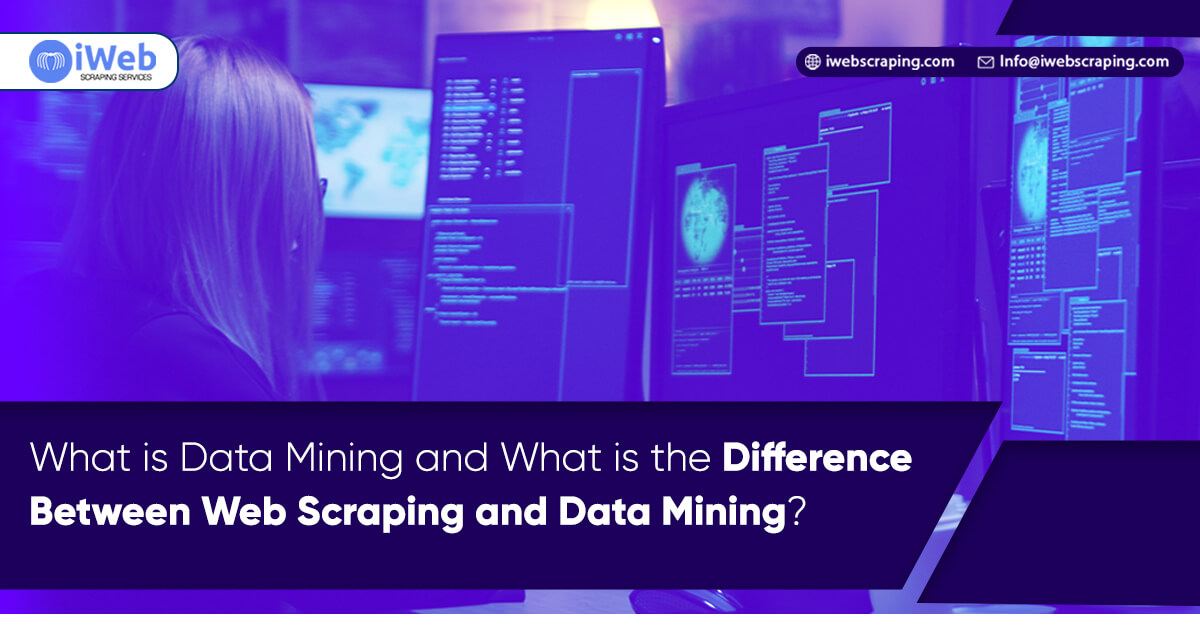
Data mining and data scraping may appear to be interchangeable terms. Data mining is sometimes misinterpreted as the technique of getting information from a website; however, this is not the case. The purpose of this blog is to explain what data mining is and how it differs from web scraping services.
What is Data Mining?
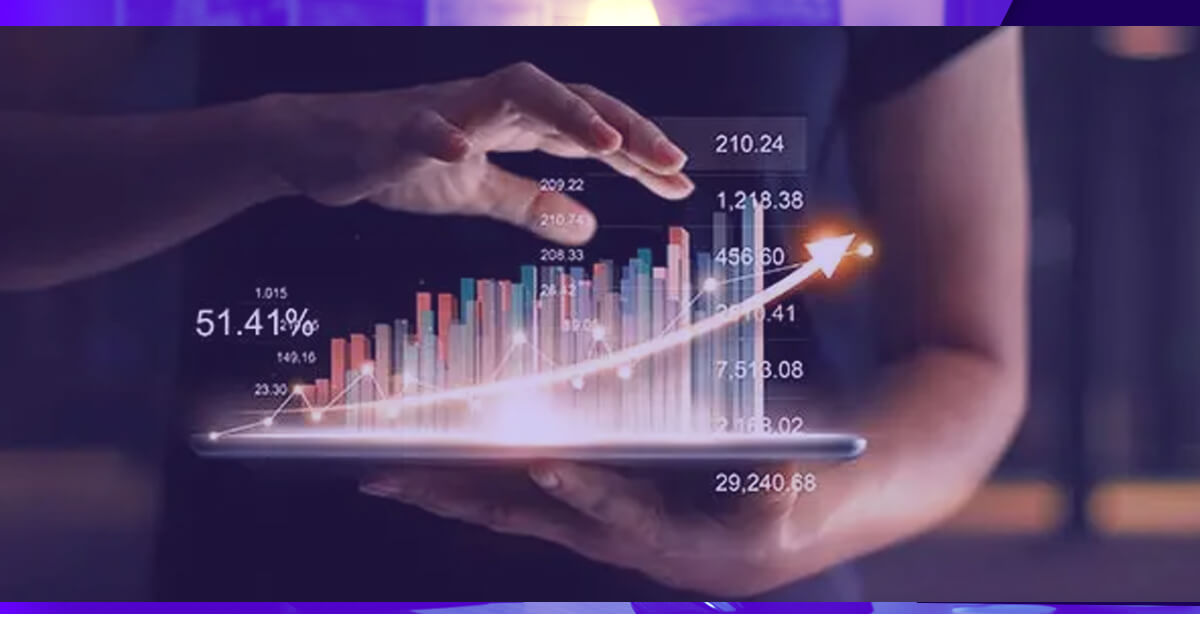
Data mining is combing through large data sets to locate the essential information that you or your company want. It's part of the bigger picture of data science and analytics.
You could think of data mining as a synonym for web scraping when you hear the word. Data mining does not entail data collection, extraction, or scraping. It's the process of analyzing vast volumes of data to provide useful insights and trends to data-driven enterprises. Web scraping, also known as web data extraction, is the practice of automatically gathering data from a website.
After you've gathered all of the information you'll need, you can begin data mining, or analyzing the data sets. Before you can begin the process of data mining, you must first complete several tasks – learn more them in the following paragraphs. But first, let's discuss about data mining's legal implications.
Is Mining Data a Legal Procedure?

The data available utilized in data mining originates from a variety of sources as diverse as the data mining applications themselves. Forecasting shopper behavior and financial services are only a few of the uses, which also include science studies, construction, and farming, weather forecasting, and crime prevention.
Data mining, or the technique of collecting actionable information from vast public data sets, is not inherently unlawful. It's the way the data was gathered and how it was utilized that might put you in legal and ethical hot water.
A lot of the data like road traffic movements or weather information – may be in the public domain. However, it's important to be aware of legal constraints such as copyright and data privacy laws. Equally, insights gained from data mining should not be used to discriminate against individuals or groups of people.
How Does Data Mining Work?
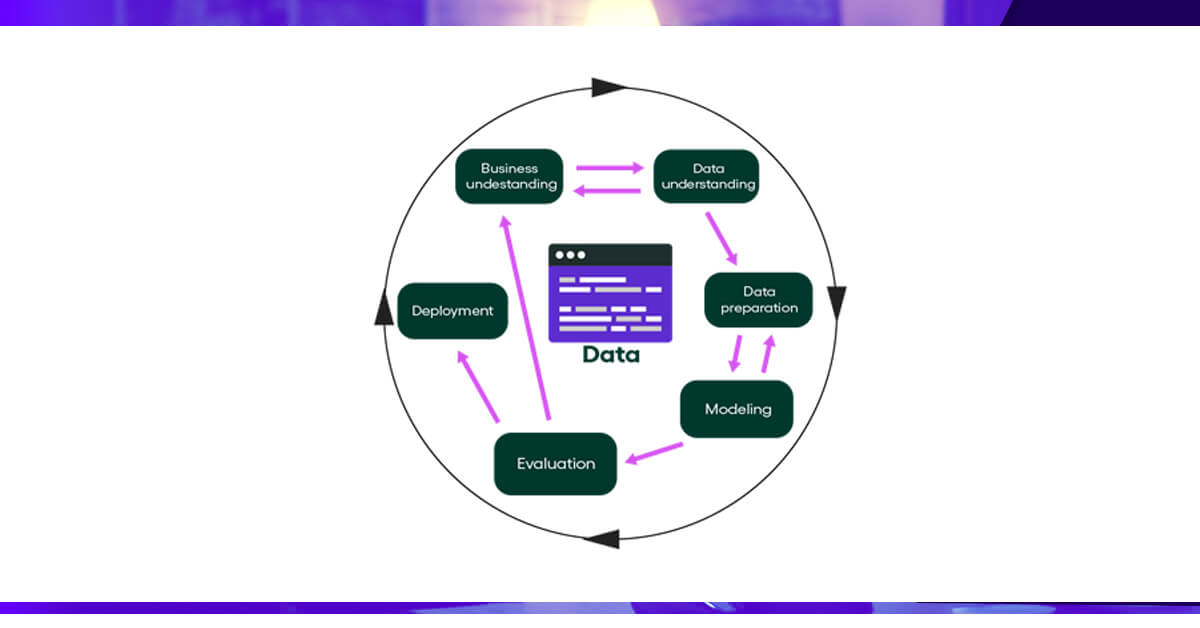
The Cross-Industry Standard Process for Data Mining is a nice approach to illustrate how data mining works (CRISP-DM). It was first published in 1999 to standardize data mining across sectors, and it is today the most widely used approach for data mining, analytics, and data science initiatives.
In a data mining project, CRISP-DM identifies six distinct phases that you must go through. It is not, however, a single, linear run because the various stages can be performed several times and multiple switches between phases are frequently required. It may be essential to return to an earlier phase or repeat the same phase depending on the findings presented by each phase.
The different phases of the CRISP-DM standard model are described briefly below:
Understanding the Business: Setting the project's precise goals and criteria is the first step in every data mining effort. The task formulation and description of the proposed rough strategy are the outcomes of this step.
Understanding Data: After you've figured out what the problem is, it's time to look at the data that's available and how good it is. This data frequently originates from a variety of sources, both organized and unstructured, and requires cleansing.
Preparing Data: The purpose of the data preparation phase is to choose a final data collection that contains all important data for the analysis and model construction.
Modeling: The data set obtained during the data preparation step is used to use data mining algorithms appropriate for the job. Clustering, prediction models, classification, estimate, and a mix of these approaches are some of the methods that may be used. This step usually involves parameter tuning and the building of many models. If you need to pick alternative variables or prepare other sources, you might have to go back to the data preparation process.
Assessment: Model evaluation and testing provide a precise comparison of the developed data models to select the best appropriate model. This phase is intended to allow you to assess your progress to date and make sure you're on track to reach your company objectives. If it isn't, a project's readiness for deployment may need a return to prior processes.
Deployment: Now is the time to put the precise and dependable model to work in the actual world. The deployment might happen within the company and be shared with consumers and other stakeholders. The job isn't done when the final line of code is written; deployment takes careful consideration, a roll-out strategy, and a method to ensure that the relevant people are informed.
What Exactly are Data Mining Businesses?
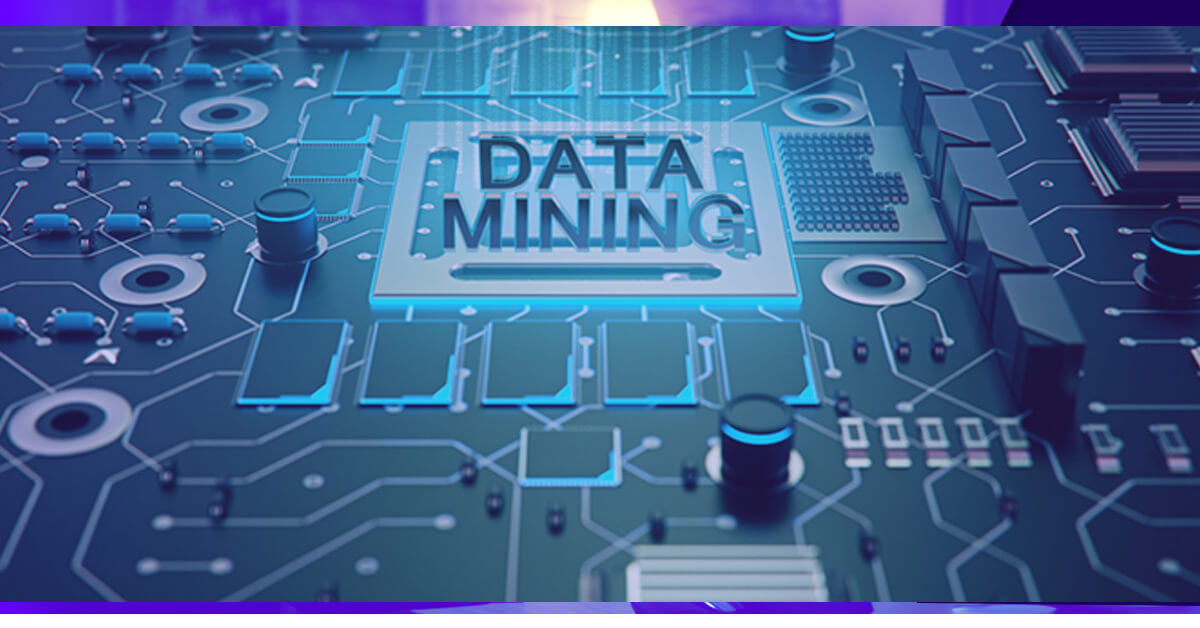
Companies that specialize in data mining gather raw data from the Internet, process it, standardize it, extract it in a common format, and then analyze and transform it into meaningful information. This usually entails gathering data from a variety of sources (such as the internet) and analyzing massive volumes of data for trends, patterns, and correlations.
As previously stated, there may be several processes required. One process can download the data while another can extract some values from plain HTML. The data may then be aggregated, compared to earlier runs, and used as an input for yet another algorithm that will look for correlations.
Companies that specialize in data mining gather raw data from the Internet, process it, standardize it, extract it in a common format, and then analyze and transform it into meaningful information. This usually entails gathering data from a variety of sources (such as the internet) and analyzing massive volumes of data for trends, patterns, and correlations.
Companies that specialize in data mining make considerable use of automated technologies, such as Artificial Intelligence (AI) and machine learning, to extract useful information from massive amounts of data, analyze it, and arrange it for subsequent use.
Examples of Data Mining in the Real World
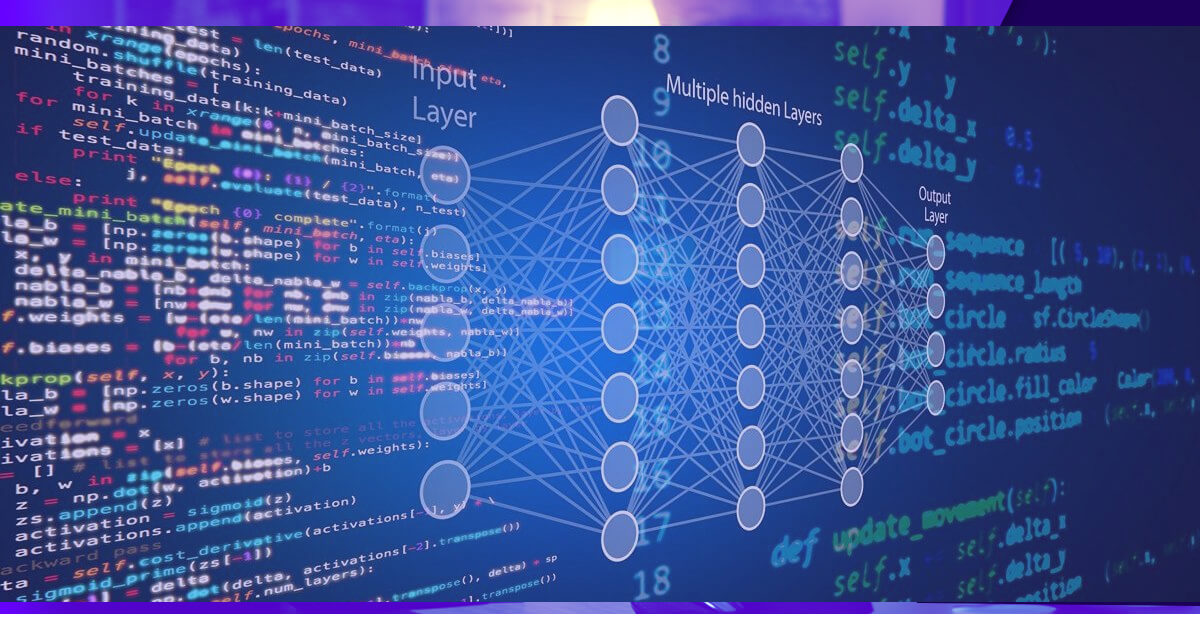
Data mining aids in the accuracy of forecasts, and the recognition of patterns and outliers. It is used to uncover gaps and mistakes incorporate processes and, when combined with predictive analytics, machine learning, and other technologies, it may help a company stand out from the competition. It's no surprise that data mining techniques are commonly employed in marketing, risk management, and fraud detection.
A real-life example of data mining in action may be seen on Amazon's "often bought together" feature, or in Spotify and Netflix's suggestion sections. To monitor customer behavior and uncover trends, they all utilize data mining techniques. The objective is to improve the user experience, which falls under the category of market basket analysis, a frequent data mining use case. Customer and shopping patterns can be identified using extracted product data.
Merging Data Mining and Web Scraping
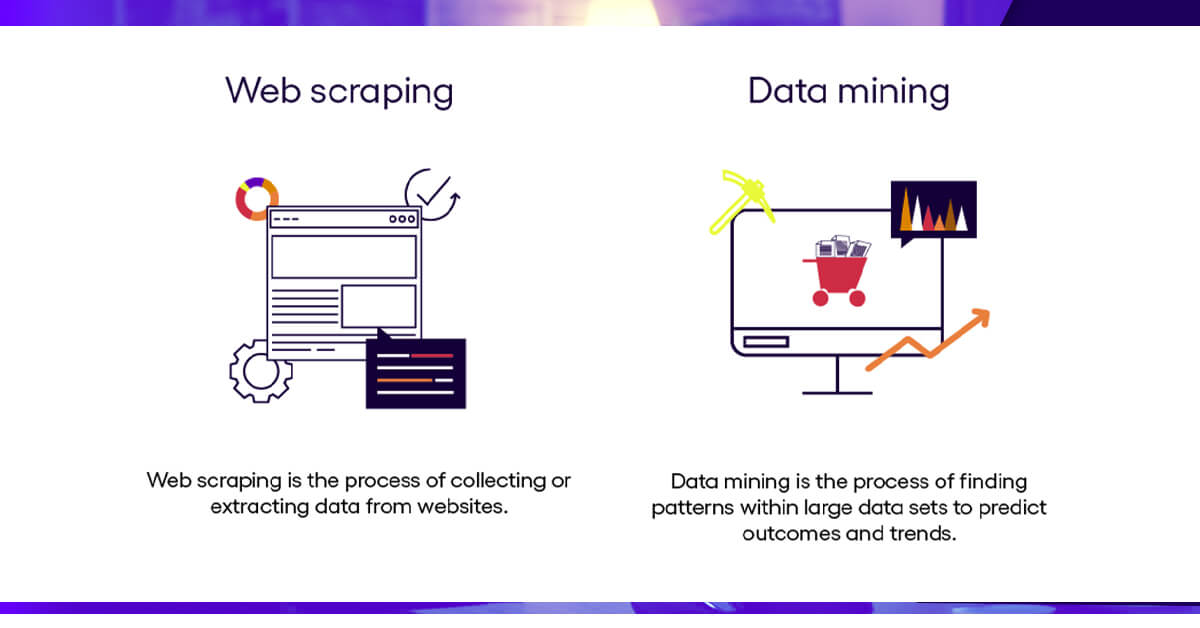
Web scraping, or web data extraction, tends to be associated with data mining.
The amount of data accessible is a significant component in finding meaningful information in data sets that can be utilized for analytics and predictive modeling. The more data accessible, the better, because the objective is to uncover patterns in sequential or non-sequential data, and correlations, to assess if the amount of gathered data is of good quality.
For more details regarding Data mining services or web scraping services, contact iWeb Scraping today!
Request for a quote!
